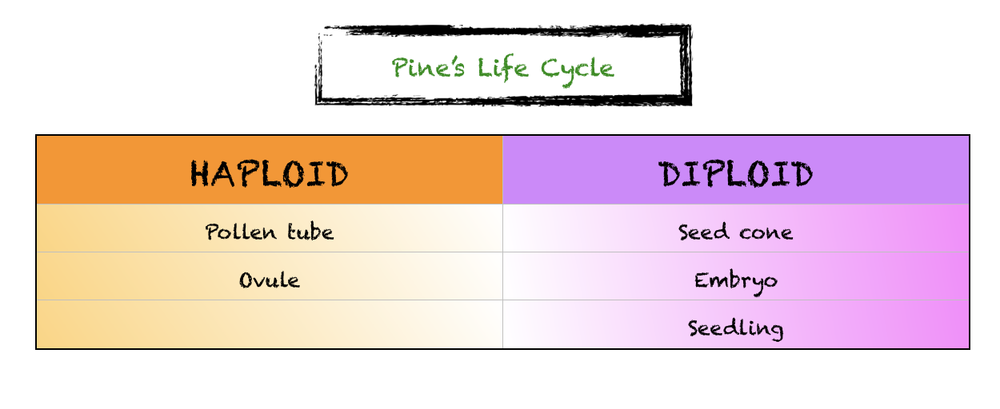
Miller and Levine Biology
1st Edition
Joseph S. Levine, Kenneth R. Miller
ISBN: 9780328925124
Textbook solutions
Chapter 1: The Science of Biology
Page 14: Review
Page 21: Science in Context
Page 29: Review
Page 36: Assessment
Page 39: Test Practice
Chapter 2: The Chemistry of Life
Page 46: Review
Page 51: Review
Page 57: Review
Page 61: Review
Page 68: Assessment
Page 71: Test Practice
Chapter 3: The Biosphere
Page 84: Review
Page 91: Review
Page 97: Analyzing Data
Page 101: Review
Page 108: Assessment
Page 111: Test Practice
Chapter 4: Ecosystems
Page 117: Review
Page 122: Review
Page 131: Review
Page 138: Assessment
Page 141: Test Practice
Chapter 5: Populations
Page 151: Review
Page 155: Analyzing Data
Page 157: Review
Page 161: Review
Page 168: Assessment
Page 171: Test Practice
Chapter 6: Communities and Ecosystem Dynamics
Page 179: Analyzing Data
Page 181: Review
Page 185: Review
Page 189: Review
Page 196: Assessment
Page 199: Test Practice
Chapter 7: Humans and Global Change
Page 205: Review
Page 217: Review
Page 221: Analyzing Data
Page 222: Review
Page 225: Review
Page 232: Assessment
Page 235: Test Practice
Chapter 8: Cell Structure and Function
Page 247: Review
Page 257: Review
Page 265: Review
Page 269: Review
Page 276: Assessment
Page 279: Test Practice
Chapter 9: Photosynthesis
Page 285: Review
Page 290: Review
Page 297: Review
Page 304: Assessment
Page 307: Test Practice
Chapter 10: Cellular Respiration
Page 313: Review
Page 320: Review
Page 325: Review
Page 332: Assessment
Page 335: Test Practice
Chapter 11: Cell Growth and Division
Page 342: Review
Page 348: Review
Page 354: Review
Page 361: Review
Page 368: Assessment
Page 371: Test Practice
Chapter 12: Introduction to Genetics
Page 382: Review
Page 388: Review
Page 391: Analyzing Data
Page 392: Review
Page 399: Review
Page 406: Assessment
Page 409: Test Practice
Chapter 13: DNA
Page 417: Review
Page 423: Review
Page 427: Review
Page 434: Assessment
Page 437: Test Practice
Chapter 14: RNA and Protein Synthesis
Page 444: Review
Page 447: Analyzing Data
Page 450: Review
Page 456: Review
Page 461: Review
Page 468: Assessment
Page 471: Test Practice
Chapter 15: The Human Genome
Page 479: Review
Page 484: Review
Page 493: Review
Page 500: Assessment
Page 503: Test Practice
Chapter 16: Biotechnology
Page 508: Review
Page 515: Review
Page 523: Review
Page 527: Review
Page 534: Assessment
Page 537: Test Practice
Chapter 17: Darwin’s Theory of Evolution
Page 545: Analyzing Data
Page 548: Review
Page 554: Review
Page 559: Review
Page 567: Review
Page 574: Assessment
Page 577: Test Practice
Chapter 18: Evolution of Populations
Page 584: Review
Page 591: Review
Page 595: Review
Page 599: Review
Page 606: Assessment
Page 608: Assessment
Page 609: Test Practice
Chapter 19: Biodiversity and Classification
Page 618: Review
Page 628: Review
Page 636: Assessment
Page 639: Test Practice
Chapter 20: History of Life
Page 651: Review
Page 658: Review
Page 665: Review
Page 672: Assessment
Page 675: Test Practice
Chapter 21: Viruses, Prokaryotes, Protists, and Fungi
Page 688: Review
Page 697: Review
Page 703: Review
Page 709: Review
Page 716: Assessment
Page 719: Test Practice
Chapter 22: Plants
Page 726: Review
Page 736: Review
Page 749: Review
Page 756: Assessment
Page 759: Test Practice
Chapter 23: Plant Structure and Function
Page 775: Review
Page 783: Review
Page 787: Review
Page 794: Assessment
Page 797: Test Practice
Chapter 24: Animal Evolution, Diversity, and Behavior
Page 805: Review
Page 815: Review
Page 821: Review
Page 827: Review
Page 834: Assessment
Page 836: Assessment
Page 837: Test Practice
Chapter 25: Animal Systems I
Page 844: Review
Page 848: Review
Page 852: Review
Page 857: Review
Page 864: Assessment
Page 867: Test Practice
Chapter 26: Animal Systems II
Page 875: Review
Page 879: Review
Page 887: Review
Page 891: Review
Page 898: Assessment
Page 901: Test Practice
Chapter 27: The Human Body
Page 909: Review
Page 922: Review
Page 936: Review
Page 943: Review
Page 950: Assessment
Page 953: Test Practice
All Solutions
Page 736: Review
Exercise 1
Result
1 of 1
The green algae, which belong to the plant kingdom, are photosynthetic organisms that thrive in freshwater and marine environments, as well as in some moist areas found in the land. They are multicellular and their life cycle undergoes haploid and diploid phases.
Exercise 2
Result
1 of 1
Bryophytes are generally small in height because they lack the vascular and other supporting tissues that allow plants to draw water up against the downward pull of gravity.
Exercise 3
Result
1 of 1
When plants evolved, they developed a transport system that would help bring the water and nutrients to the different parts of the plants. The vascular tissues, such as xylem and phloem, are responsible for this role. These specialized tissues have the ability to work against the force of gravity.
Exercise 4
Result
1 of 1
The term seed is described as the plant embryo that is enclosed in a protective coating. This embryonic plant is the unit of reproduction in flowering plants.
Exercise 5
Result
1 of 1
Ferns live suitably in moist or damp places. They favor this kind of environment because it allows them to reproduce. When they undergo fertilization, the water enables the sperm to swim and fertilize the eggs.
Exercise 6
Step 1
1 of 2
The table below shows the structures that are assigned in the diploid and haploid stages within the pine’s life cycle.

Result
2 of 2
The table below shows the structures that are assigned in the diploid and haploid stages within the pine’s life cycle. (Click to see the table)
Exercise 7
Result
1 of 1
In seed plants, such as gymnosperms and angiosperms, the embryo develops inside the reproductive structures of plant. Unlike ferns and mosses, seed plants have the ability to reproduce without water.
Haven't found what you were looking for?
Search for samples, answers to your questions and flashcards

unlock
